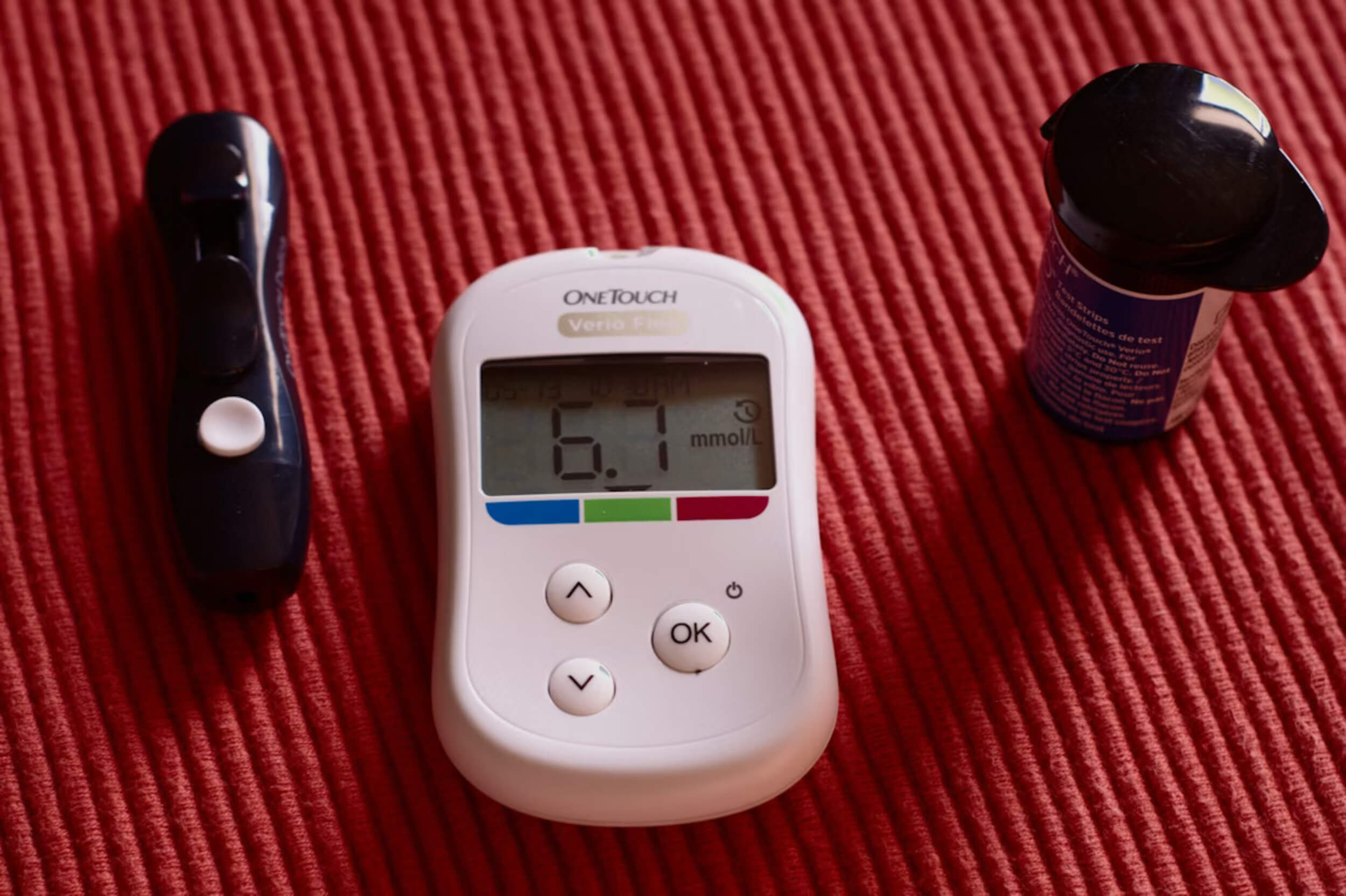Workdays often slip away before anything meaningful gets done. One minute you’re checking emails, the next you’re in back-to-back meetings, and suddenly it’s the end of the day. That constant rush can feel exhausting—and familiar.
Feeling overwhelmed doesn’t always mean you have too much to do. It usually means your time is being pulled in too many directions. That’s where simple Time Management Tricks can make a real difference.
Instead of adding more to your plate, these habits focus on doing less—but doing it better. They help you stay focused, avoid burnout, and get through your day without the usual stress. When your time has structure and purpose, work doesn’t feel like a fight. It becomes something you can handle, even when things get busy.
Trick 1: Start with a Time Audit, Not a To-Do List
Planning your day without knowing where your time really goes is like guessing with your eyes closed. Before jumping into more lists, spend a few days tracking your time in simple 15- to 30-minute blocks.
You might notice things like:
- Emails that take way longer than expected
- Quick breaks that turn into long scrolls
- Tasks that keep getting interrupted
This basic habit can uncover the real reason work feels so packed. A time log helps you spot:
- What eats up the most time
- When you’re naturally more focused
- Which distractions repeat daily (Slack pings, chats, unplanned tasks)
These insights give you a clear picture, so you can make better decisions moving forward. Many Time Management Tricks start with awareness—and this one is simple but powerful. Once you see where your hours go, you can plan smarter instead of just working harder. It’s not about tracking every second forever—just long enough to spot patterns that slow you down.
Trick 2: Choose a Single Daily Priority — Then Build Around It
Trying to do everything usually ends with nothing getting done well. A long to-do list might look productive, but it often leads to rushed work and stress.
Multitasking and switching between too many things can wear you out. Instead of chasing every task, pick one main goal for the day. Ask yourself:
- What’s the one thing I really need to finish today?
- If everything else gets delayed, what still has to happen?
Use a phrase like: “If nothing else gets done today, I will ____.” This helps you stay focused even when the day gets busy.
Schedule your top task during your best energy window—something you’ll spot from your time audit. This approach cuts stress and helps you end the day feeling more in control. You’ll find that many of the best Time Management Tricks are about doing less, but doing it with more intention.
Trick 3: Use Time Blocks Instead of an Open Schedule
Having an open day sounds flexible—but it often leads to a scattered, tiring mess. Without a clear plan, small things fill up your time, and big tasks get pushed aside.
Here’s the issue:
- Unplanned hours invite distractions
- You lose focus switching between random tasks
- Work grows to fill the time you give it (that’s called Parkinson’s Law)
To fix this, block your time into chunks. Think of your day in sections, like:
- Focus work: writing, planning, problem-solving
- Admin time: emails, forms, scheduling
- Meetings: group calls, check-ins
- Breaks: real breaks where you unplug
Leave some space between blocks to deal with the unexpected without losing your rhythm. This small shift gives your day shape, so you’re not always reacting.
Some of the smartest Time Management Tricks work not because they add more—but because they give structure. Once you start blocking your time, even your busiest days feel easier to handle.
Trick 4: Cut Meeting Time in Half (or Skip It Altogether)
Meetings sound important, but many of them drain your time without clear results. One quick check-in can turn into an hour lost—and that adds up fast.
Unnecessary meetings can:
- Break your focus
- Delay deep work
- Leave you with more to catch up on afterward
Instead of defaulting to long calls, try these options:
- Shorten them: aim for 15–25 minutes
- Use an agenda: know what you’re there to cover
- Send updates by email: if it doesn’t need discussion, it doesn’t need a meeting
- Try async check-ins: shared docs or voice notes work too
Just because something is called a “meeting” doesn’t mean it’s the best use of your time. Being more thoughtful about how you meet (or if you need to meet at all) frees up your schedule and cuts stress. It’s one of the most overlooked Time Management Tricks—and it works.
Trick 5: Use the “Two-Minute Rule” to Keep Small Tasks Small
Quick tasks might not seem like a big deal, but they can pile up and pull you away from the work that actually matters. These little things—replying to a message, clicking send, making a note—often linger longer than they should.
That’s where the two-minute rule helps:
- If something takes less than two minutes, do it right away
- Don’t write it down or save it for later—just get it done
But here’s the catch:
Use this rule only when you’re not in the middle of focus work. Two-minute tasks can quickly turn into 20 minutes of bouncing around if you’re not careful.
The goal is to keep your mental space clear, so small tasks don’t sit on your mind all day. It’s simple, easy to remember, and keeps you moving—another one of those Time Management Tricks that brings more control with very little effort.
Trick 6: Create Hard Stop Times to End the Workday Right
Finishing work “whenever it’s done” sounds flexible, but it often leads to late nights and never feeling off the clock. Without a set end time, you’re more likely to fall into the trap of “just one more thing”—and before you know it, the whole evening is gone.
Setting a non-negotiable stop time gives your brain a signal to slow down. Try choosing a set hour—like 5:30 or 6:00 PM—and stick to it, no matter what. Use the last 15 minutes to wind things down instead of adding more to your plate.
Here’s a quick end-of-day routine:
- Review what you finished
- Note what still needs doing
- Prep a simple plan for tomorrow
- Write down one small win
This short wrap-up helps you leave work behind and start the next day fresh. Time Management Tricks like this aren’t about working less—they’re about working with better boundaries. When the day has a clear finish line, your evenings feel more restful, and your mind isn’t stuck in work mode all night.
Trick 7: Automate or Batch the Repetitive Stuff
Repeating the same small tasks every day can slowly wear you down. Things like replying to similar emails, creating the same reports, or sending routine updates might seem harmless—but they quietly drain your focus.
Rather than doing them one by one throughout the day, group them together. That’s called batching. For example:
- Answer emails at 11:00 AM and 3:00 PM
- Process reports on the same weekday each week
- Handle admin work during a set time block
You can also automate more than you think. Set up:
- Email filters that sort messages for you
- Reply templates to save time on repeated answers
- Auto-reminders for tasks you tend to forget
Not everything has to be done manually. Some of the best Time Management Tricks are about removing decisions and saving your energy for more important things. The fewer times you repeat the same action, the more space you free up in your day.
Trick 8: Create a “Not-To-Do” List to Ditch Hidden Time-Wasters
Doing less can sometimes help you get more done. That might sound strange, but certain habits feel useful even though they just eat up your time.
A few common time-wasters include:
- Checking email or Slack every few minutes
- Jumping between tasks instead of finishing one
- Constantly refreshing your inbox or dashboard
Instead of only making a to-do list, try adding a “not-to-do” list right beside it. This helps you avoid the distractions that usually sneak into your day.
For example, your list might say:
- Don’t check emails before 10 AM
- No multitasking during deep focus hours
- Avoid opening social media tabs while working
Pick just three habits to skip today. Keep it simple and realistic. These small boundaries can make a big difference in how your day feels.
Time Management Tricks aren’t just about adding good habits—they’re also about cutting the ones that slow you down. A not-to-do list gives you the space to focus where it counts.
Final Thoughts: Stress-Free Work Starts with Simpler Choices
You don’t need to be perfect to feel more in control of your time. Most of the best Time Management Tricks are about small, clear choices—not big, complicated plans. When things feel too busy or scattered, go back to the basics: focus on one main task, block your time, and protect your work hours with firm stop times.
These changes might seem simple, but they add up. Less stress, fewer last-minute rushes, and more energy for what actually matters. With a little consistency, work stops feeling overwhelming—and starts feeling manageable again. That’s the real power of managing your time well.















